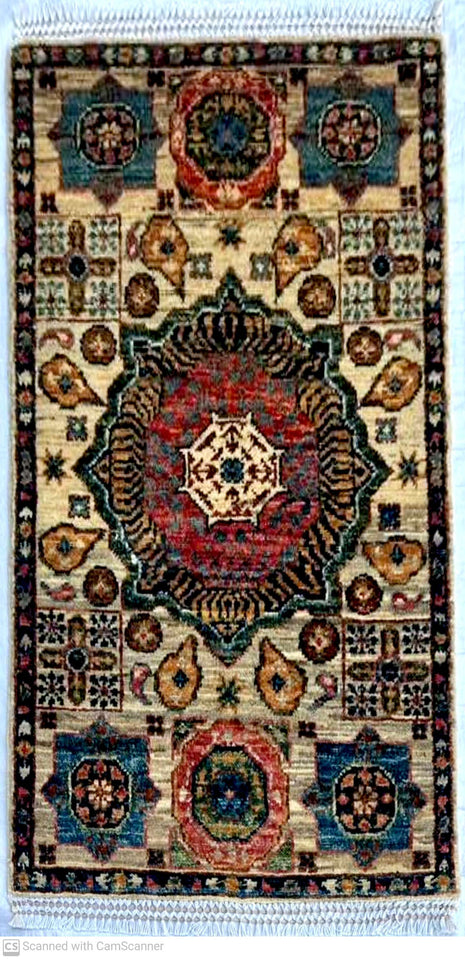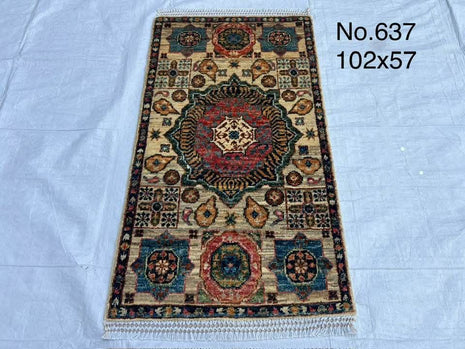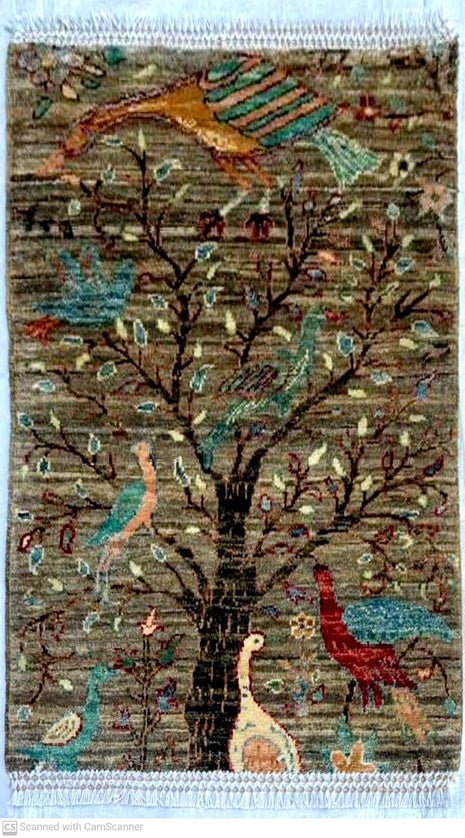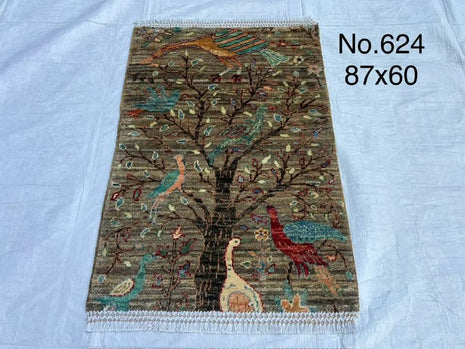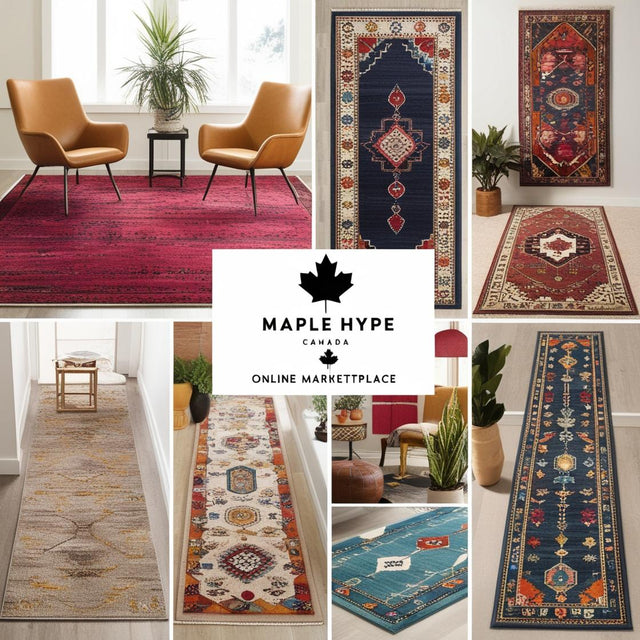
The World’s Most Treasured Carpets: A Timeless Craft Woven Through History
For centuries, hand-knotted carpets have told stories of beauty, culture, and identity. Woven with skill passed down through generations, each type of carpet represents a unique heritage rooted in ancient empires, nomadic artistry, and refined luxury. In this guide, we explore the most celebrated carpet types—each renowned for its technique, design, and place in history.
1. The Timeless Excellence of Central Asian Carpets(Afghan & Persian)
Carpets from Central Asia are widely regarded as the pinnacle of traditional rug weaving. Their reputation is built on centuries of craftsmanship, use of hand-spun wool, natural dyes, and bold geometric or floral patterns. Known for their durability and intricate designs, these carpets have earned top rankings in global showcases and are treasured by collectors and decorators alike.
Highlights:
-
Exceptional Knot Density: Allows for detailed, refined patterns
-
Natural Materials: Hand-spun wool and plant-based dyes create rich, enduring colors
-
Cultural Symbolism: Each motif carries historic and symbolic meaning
-
Versatility: Suitable for modern interiors and traditional settings alike
- Origin: Afghanistan and Iran
2. Fine Weave Carpets (Mauri/Mawar Style)
Among the most refined of traditional rugs are those woven in the fine-weave tradition often referred to as Mauri or Mawar style. These carpets feature high knot counts and an elegant aesthetic, often using a blend of wool and silk. Their repeating motifs, rich hues, and soft texture make them perfect for sophisticated spaces.
Features:
-
Silk-like Finish: Blends of fine wool and silk
-
Elegant Patterns: Repeating medallions, floral motifs, and geometric symmetry
-
Collectible Quality: Considered luxury items by global collectors
- Origin: Afghanistan
Why Afghan Rugs Are Considered Among the Best in the World:
-
Handmade Excellence:
Afghan carpets are almost exclusively hand-knotted by skilled artisans, often over months. -
Natural Dyes & Wool:
They use hand-spun wool and vegetable dyes, giving them durability and a rich, warm color palette that ages beautifully. -
Cultural Authenticity:
Afghan rugs carry centuries of tribal tradition—every region and tribe contributes its own symbolic patterns and knotting techniques. -
Affordability Compared to Value:
You can often get a high-quality Afghan carpet for a fraction of the price of a similarly handcrafted Persian or Turkish rug, making them extremely desirable.The desirability of Central Asian carpets—particularly those from regions where weaving remains a living tradition—comes from the unique balance between exceptional quality and accessible pricing. In many weaving communities, hand-knotting is still a widely practiced skill passed down through generations. This active craftsmanship culture allows for a greater number of authentic rugs to enter the global market without compromising quality.
In contrast, while handcrafted carpets from some regions—like parts of Anatolia or historic cities of the classical Persian world—are equally exquisite, the tradition has become increasingly rare. As a result, these rugs command higher prices due to limited availability, not necessarily superior craftsmanship.
In essence, the affordability of these fine carpets comes not from reduced quality—but from the continued presence of skilled artisans keeping the heritage alive.
-
Global Recognition:
Afghan rugs have won international awards, including recognition at international fairs and expos. Organizations like Turquoise Mountain and UNESCO have promoted Afghan rug weaving as a world cultural heritage.
3. Anatolian Carpets
Steeped in centuries of weaving tradition, Anatolian carpets are celebrated for their harmonious patterns and symbolic artistry. Known for balanced medallion designs and a warm color palette, these rugs combine tribal influences with refined geometric layouts. Flatweave variations like kilims are also highly popular in contemporary design.
Characteristics:
-
Symmetrical Knotting Techniques
-
Soft Earth Tones and Pastels
-
Historically Influential in European Interiors
- Origin: Turkey
Persian Carpets: The Gold Standard
Persian carpets (from Moden Afghanistan & Iran) are often regarded as the most prestigious and intricate in the world. With a heritage dating back over 2,500 years, Persian rugs have been traded as prized possessions across empires.
Famous Persian Styles:
- Tabriz: Elegant with medallion and floral motifs.
- Mawar: High knot count and rich colors.
- Isfahan: High knot count and silk detailing.
- Qom: Often pure silk and extremely detailed.
-
Kashan & Nain: Soft palettes and complex patterns.
Why They Reign Supreme: Persian carpets are works of art—some are even displayed in museums. Their value can appreciate over time.
The Finest Carpets Are Woven from Heritage and Heart
While each carpet type carries its own identity and beauty, the highest-quality rugs share common values: attention to detail, commitment to natural materials, and the soul of tradition. Whether you’re drawn to the bold geometry of Central Asian rugs, the elegance of fine-weave styles, or the decorative richness of classical designs, there’s a carpet that tells your story.
At Maple Hype, we bring you some of the world’s finest handwoven carpets—sourced from authentic weaving communities and crafted with a tradition that transcends borders.

